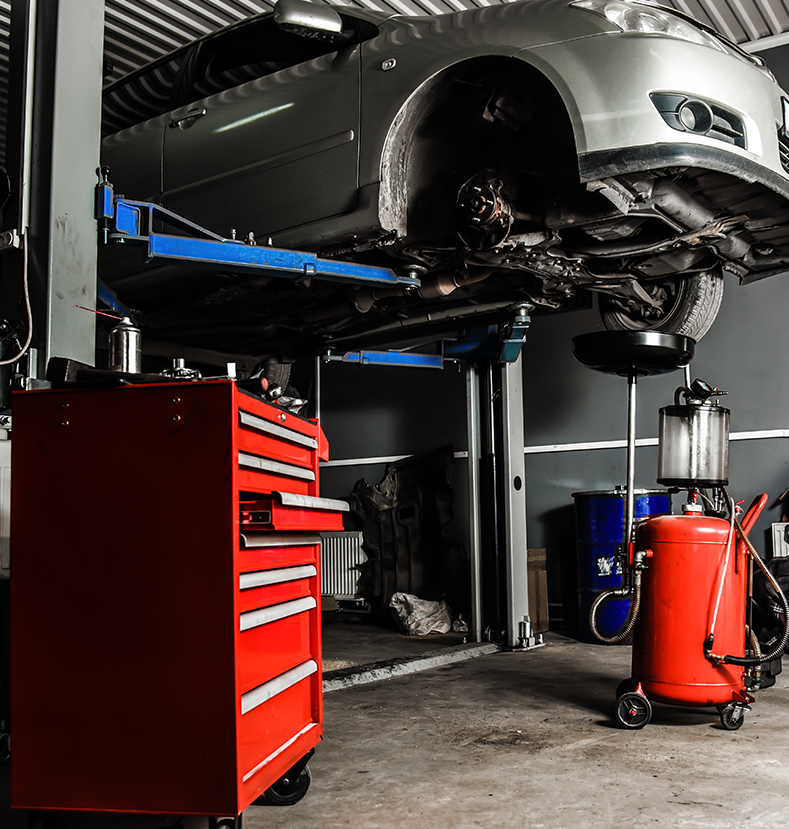An Extensive Method to Enhancing Efficiency Via Strategic Lift Repair Work Approaches
A systematic and strategic method to raise fixing and upkeep is imperative to maximize efficiency and reduce downtime. By dealing with usual lift concerns, applying positive maintenance measures, and establishing targeted fixing plans, centers can optimize their lift systems to run at peak efficiency levels.
Value of Lift Performance Optimization
Understanding the importance of optimizing lift efficiency is critical for guaranteeing efficient and trustworthy upright transport systems in numerous structures and frameworks. Lifts are crucial components of modern-day infrastructure, giving upright mobility for passengers and goods within buildings of varying elevations. By maximizing lift efficiency, structure proprietors and center managers can enhance customer experience, boost power performance, and increase total functional effectiveness.
Effective lift efficiency optimization includes numerous elements, including rate, capability, energy upkeep, safety and security, and intake requirements. Properly optimized lifts can reduce wait times for customers, especially in high-traffic structures, resulting in improved satisfaction and efficiency. Additionally, enhanced lifts contribute to energy cost savings by making use of advanced control systems and innovations that decrease power usage without jeopardizing performance.

Identifying Common Lift Issues
Determining usual lift problems is essential for maintaining the operational performance and safety and security of upright transport systems in structures. This issue can be a measure of troubles with the lift's motor, control system, or also the positioning of the lift car.
An additional common lift issue is weird noises originating from the lift shaft or machinery area. These noises can vary from grinding or scratching sounds to loud clunking noises, all of which may signal underlying mechanical concerns that require instant interest. Furthermore, regular door breakdowns, such as doors not opening up or shutting appropriately, can interrupt the smooth circulation of passengers and present safety dangers.
Applying Positive Maintenance Measures
To enhance the performance and durability of lift systems, aggressive upkeep measures play an essential function in making certain operational reliability and safety. lift breakdown. Applying proactive upkeep entails systematically inspecting, maintenance, and fixing components prior to they stop working, hence protecting against pricey downtime and potential safety and security threats. On a regular basis scheduled inspections can assist recognize small problems prior to they escalate into look at here major problems, inevitably prolonging the lifespan of lift systems
One key aspect of aggressive upkeep is developing a detailed maintenance routine based upon supplier suggestions and industry finest methods. This schedule needs to describe jobs such as lubrication, alignment checks, and part replacements at specified periods. Furthermore, implementing problem tracking methods, such as vibration analysis and thermal imaging, can assist identify early indicators of wear or malfunction.
Moreover, training upkeep team on correct assessment strategies and preventive maintenance treatments is important for the successful implementation of proactive upkeep procedures. By promoting a society of proactive upkeep within an organization, lift systems can run at peak efficiency degrees, decreasing disruptions and making sure the security of customers.
Creating Targeted Fixing Strategies
Upon evaluating the upkeep documents and performance information, the engineering team can develop targeted fixing plans to resolve certain concerns and optimize lift system functionality. These repair work strategies are customized to the identified issues, guaranteeing that resources are focused on dealing with essential problems efficiently. By focusing on repair services based upon their effect on efficiency and safety, the targeted repair work strategies aid lessen downtime and upkeep prices while making the most of the lift system's reliability.
Developing these plans entails a detailed analysis of the lift system parts, including electric motors, cords, brakes, and control systems. Through this comprehensive analysis, the engineering group can identify the origin of any type of breakdowns or deterioration in efficiency. This details is after that used to develop a roadmap for the repair service process, outlining the needed actions, timeline, and sources needed to attend to each concern properly.
Additionally, targeted fixing strategies might include preventative actions to enhance the lift system's long life and efficiency. By proactively attending to prospective problems prior to they intensify, these plans add to the overall performance and security of the lift Read Full Article system.
Utilizing Data-Driven Insights
Taking advantage of the power of data-driven insights is important in maximizing lift system efficiency and upkeep performance. These anticipating upkeep methods help protect against unforeseen breakdowns, minimize downtime, and extend the life-span of lift systems.

Final Thought
Finally, optimizing lift performance is important for making sure efficiency and security in buildings. By identifying typical lift issues, carrying out proactive maintenance measures, developing targeted repair work plans, and making use of data-driven understandings, companies can boost performance and minimize downtime. It is essential to take a comprehensive technique to lift fixing techniques to make best use of operational performance and make certain the longevity of lift systems.
By attending to common lift problems, implementing aggressive maintenance measures, and creating targeted repair work strategies, facilities can enhance their lift systems to operate at peak performance degrees.Another prevalent lift problem is unusual noises originating from the lift shaft or equipment area.Upon analyzing the upkeep records and performance information, the design group can establish targeted repair plans to resolve specific issues and maximize lift system performance. By focusing on repair services based on their influence on performance and safety and security, the targeted fixing plans assist reduce downtime and maintenance prices while maximizing the lift system's integrity.
It is vital to take a detailed technique to raise repair service methods to take full advantage of operational effectiveness and guarantee the durability of lift systems.